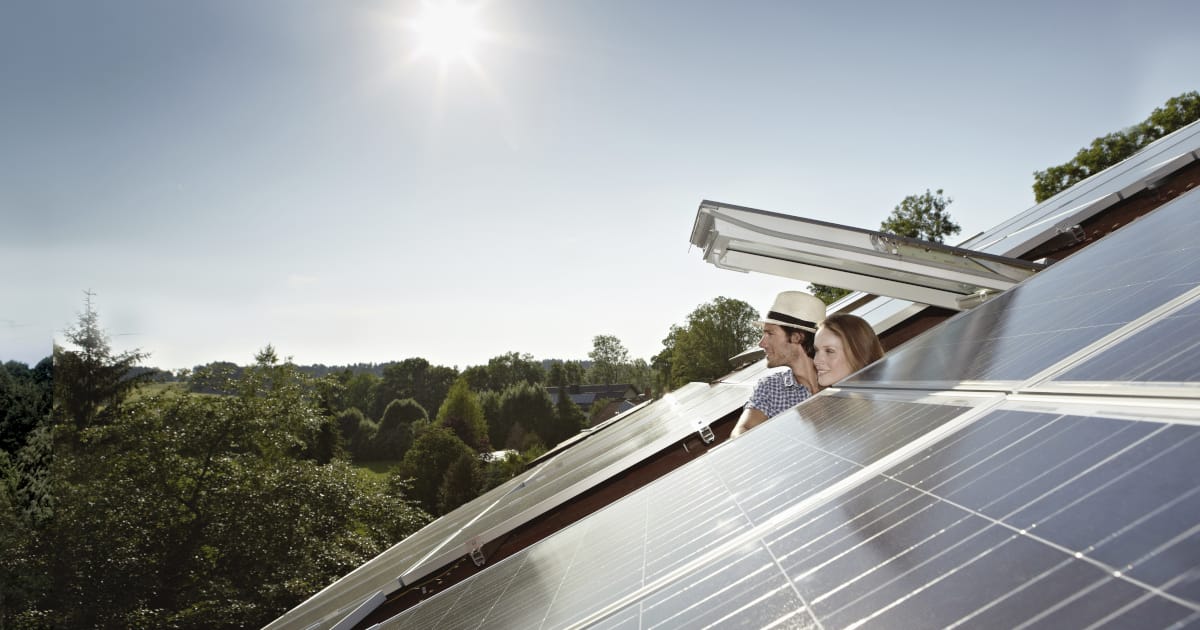Peter Richner: In general, there are four options. Of course, it is best to choose construction methods from the outset that will allow buildings to be used for as long as possible. This begins with planning and design. When a building is designed so that the individual components can be used for as long and as flexibly as possible, this maximizes longevity.
A second possibility is “reuse”, i.e. using individual components for a new purpose. For example, if a door is no longer needed in one building, it can be used in another. However, hardly any buildings in Switzerland have been built in a way that allows deconstruction, i.e. the dismantling of a building into its individual parts. At the end of a building’s life, demolition remains the most common option.
The third option is “recycling”, i.e. the refurbishment and reuse of individual building components. The most advanced area here is concrete. In Switzerland in particular, the use of recycled concrete is well established – especially when constructing buildings. For this purpose, demolished concrete properties are transformed back into aggregates. Mixed with fresh cement, the substance can then be used as new concrete.
A fourth option is to upgrade existing components. Windows are a good example of this. Of course, the ideal solution would be to simply reinstall a window removed from a building in a new location. However, especially in the case of windows, which have undergone major developments in terms of energy in recent years, the question often arises as to whether this makes any sense at all. In such cases, an old window can be upgraded by adding additional glazing or replacing the insulating gas between the panes relatively inexpensively and with quite a small amount of new material.


